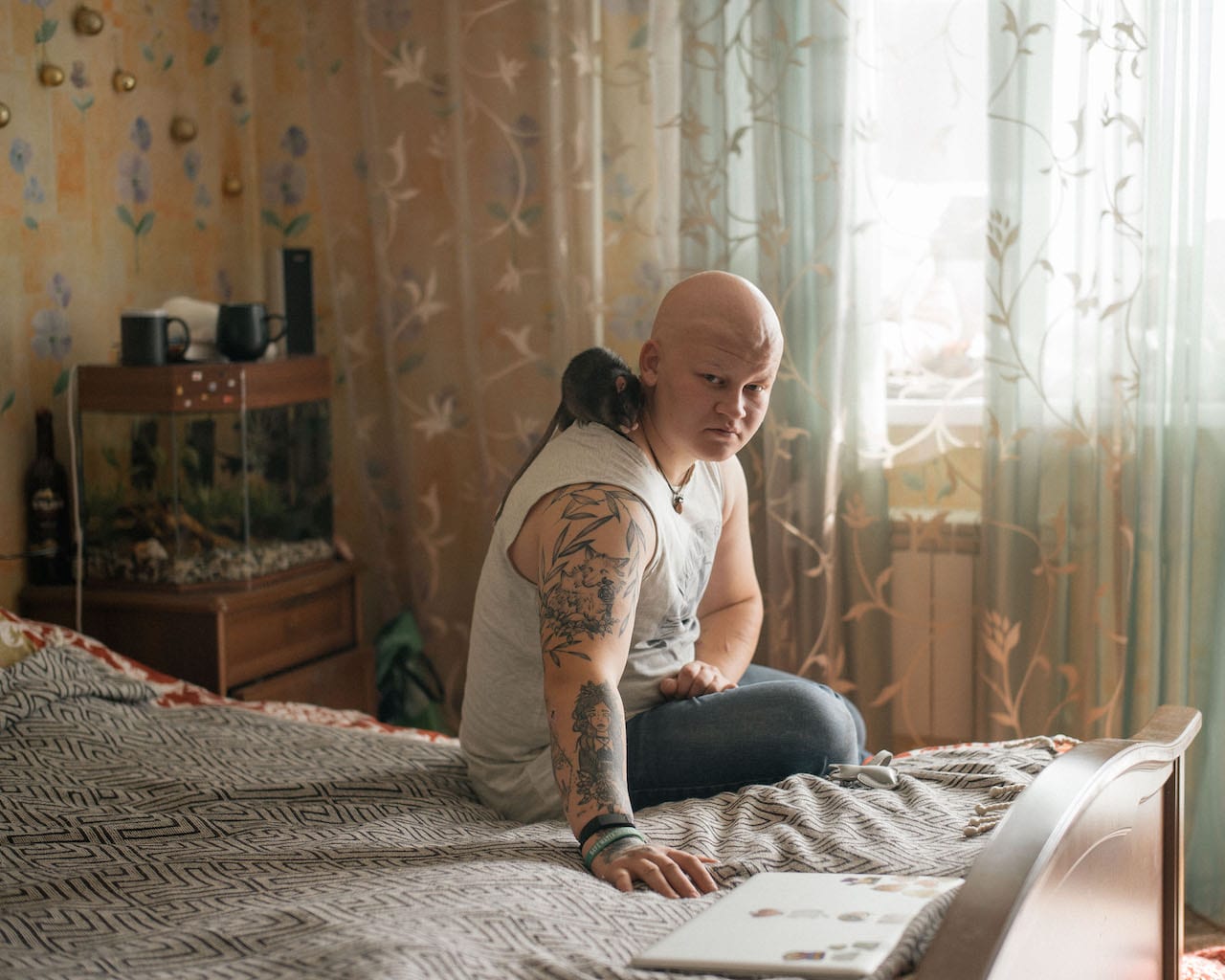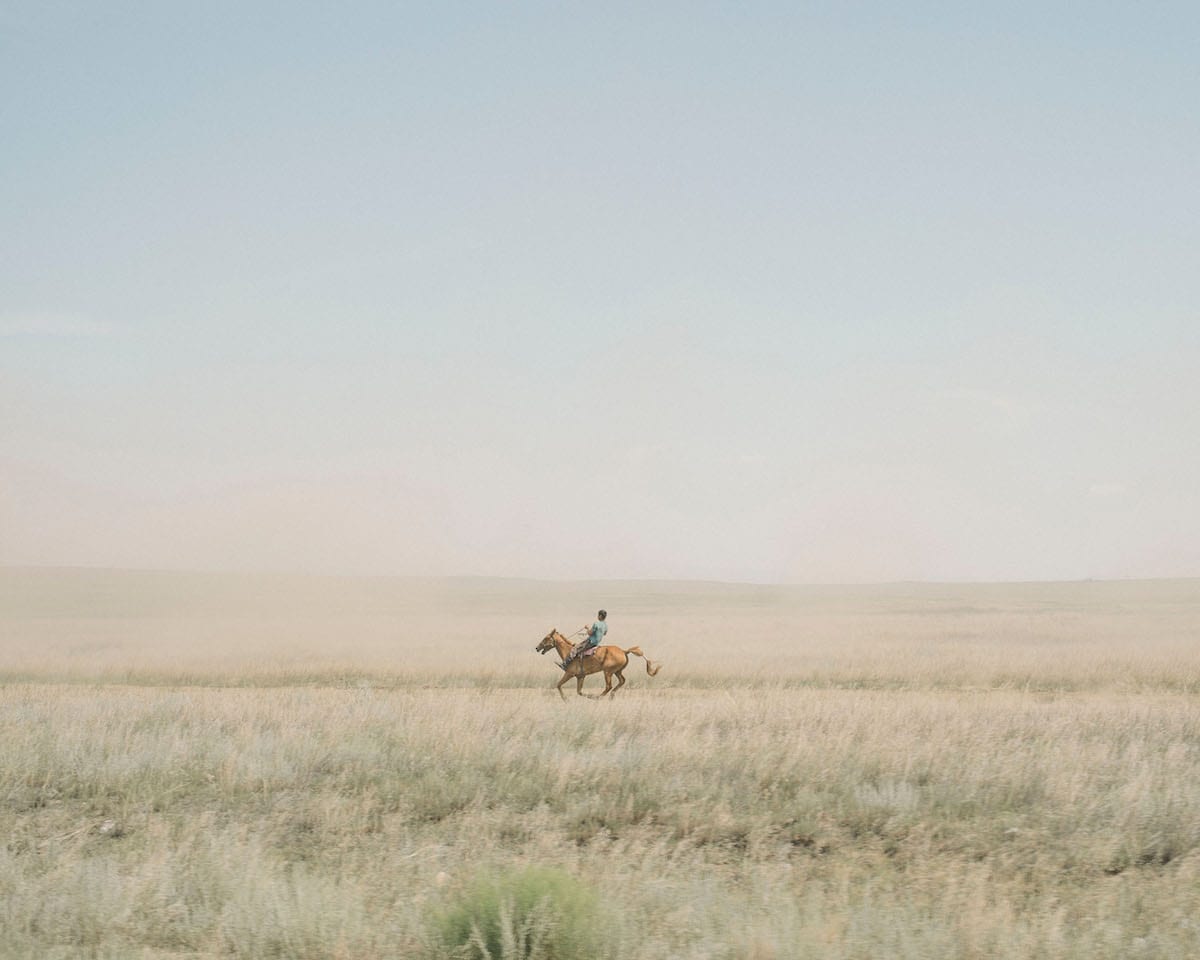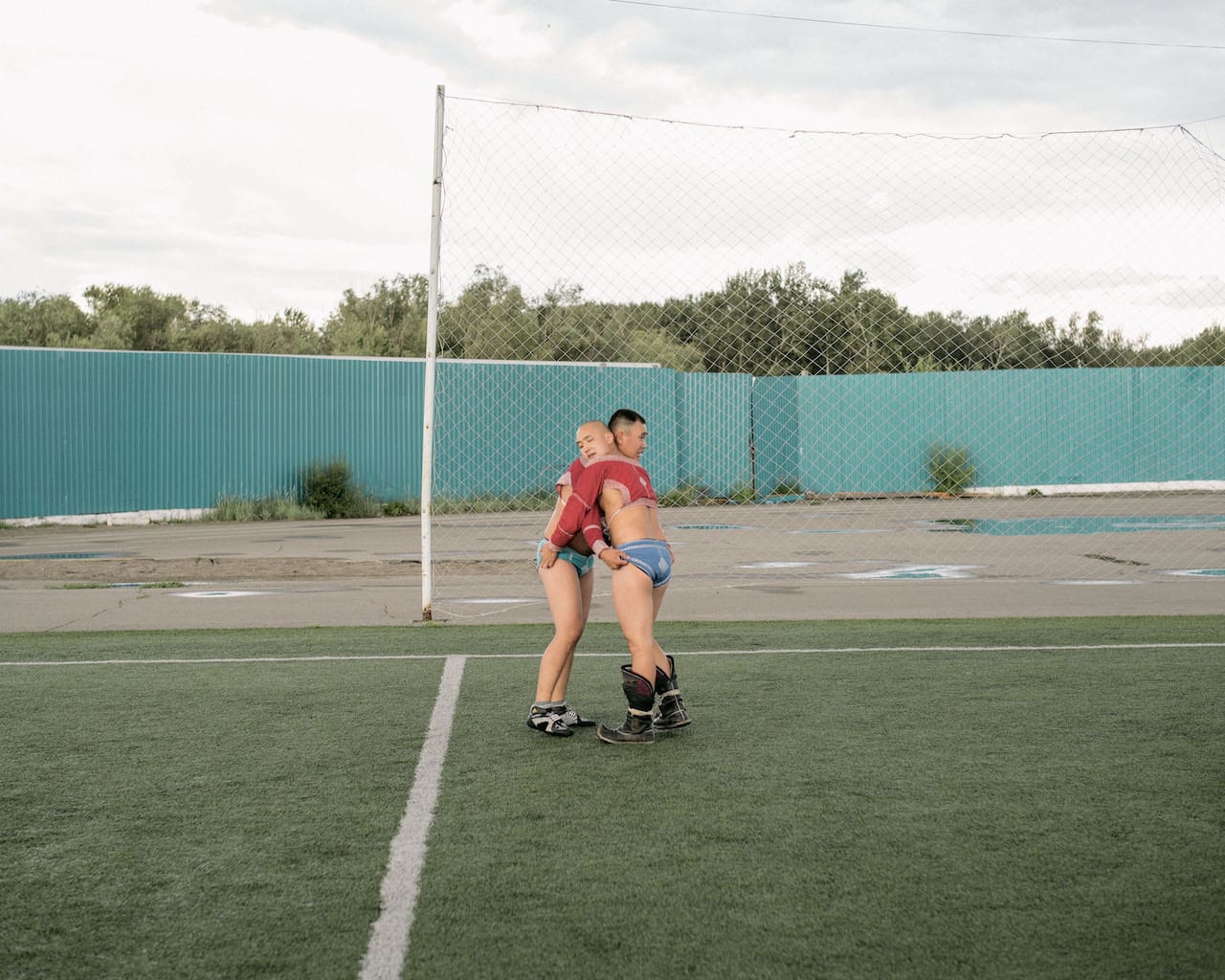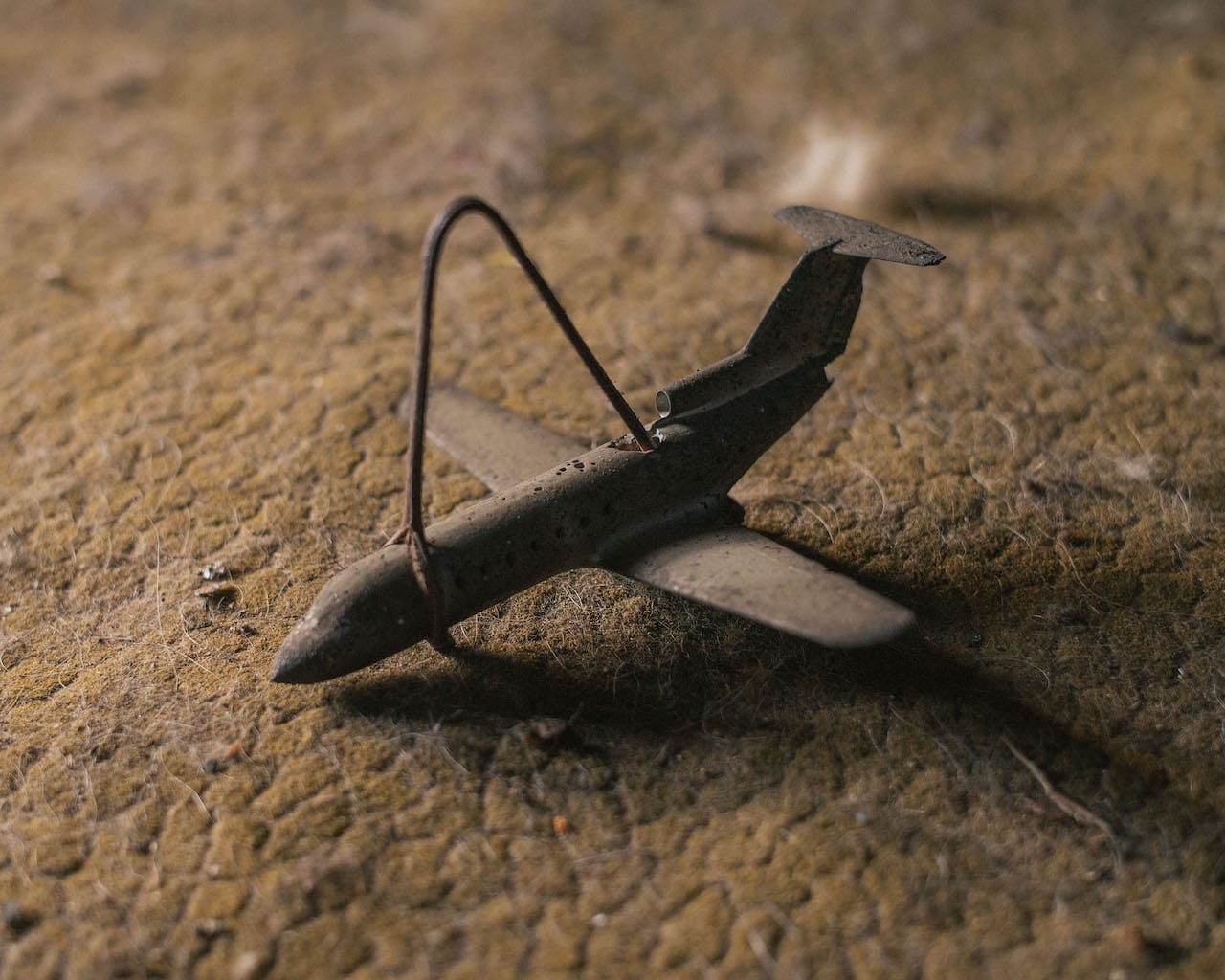Nanna Heitmann documents isolation along the banks of the Yenisei river
Evgenii with his rat Barclay in his apartment in Krasnoyarsk. Next year, Evgenii will move to the US for five months and save enough money to own a car. After watching the movie Ratatouille, he immediately bought a rat at the pet store. © Nanna Heitmann.
Source:




